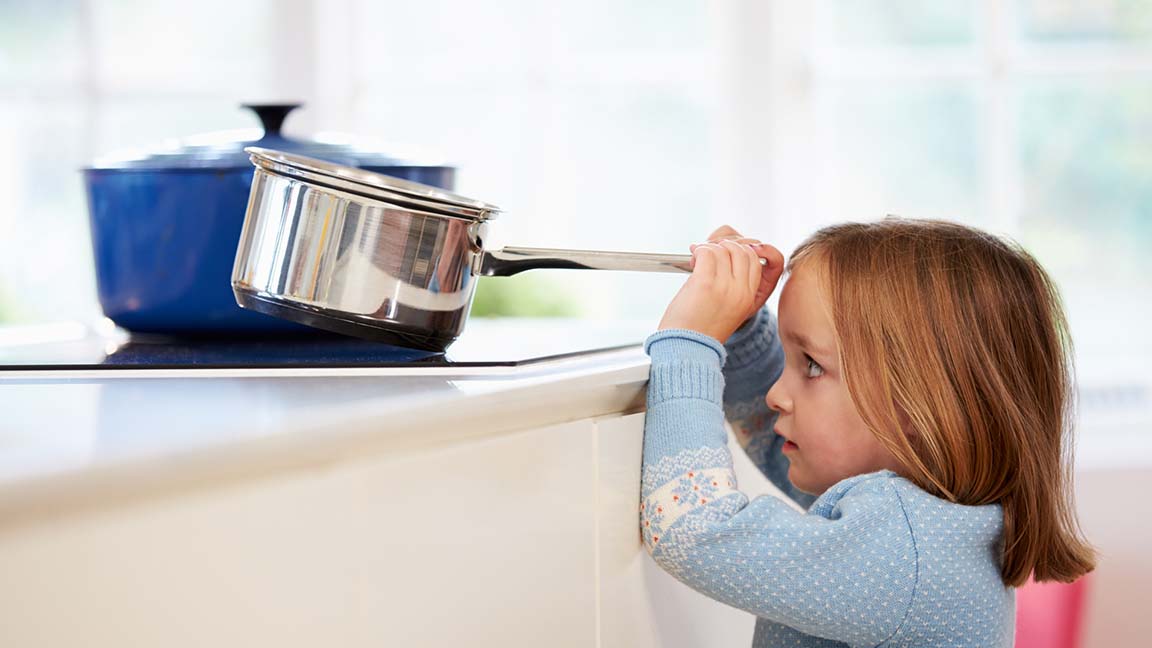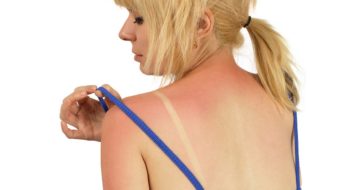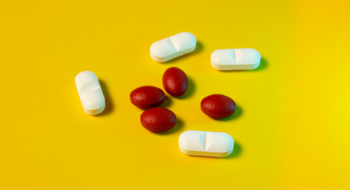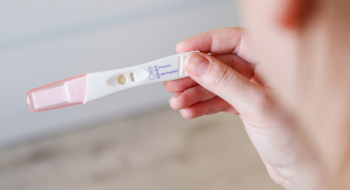Whether you get a burn by laying too long in the sun, brushing against a hot stove top or dipping a toe into a scalding bath, suffering a burn is no fun.
Most minor burns can be treated at home, but some may require hospital treatment, says Catherine Gillespie, lead physician assistant in the emergency department at Tidelands Waccamaw Community Hospital.
Deciding whether you need to go to the emergency department or treat the burn at home depends on the severity of the burn.
“A typical superficial burn involves the top layer of the skin. The skin is red and there are no blisters. It will typically heal within six days and you can easily treat it with Ibuprofen and aloe vera or calamine lotion,” Gillespie says.
Applying cool water–not butter–to the affected area or immersing your sun-burned body into the cool water of a bath can also help reduce the discomfort.
Deeper means more serious
A minor burn with blisters can be treated at home by washing the area with a gentle soap and applying a wet dressing with saline or a petroleum-based gauze.
The deeper the burn, the more serious it is. Gillespie recommends going to the emergency department if the burned area blisters very quickly or if the skin changes to a whitish or gray color, which indicates a deep burn.
A trip to the emergency department may also be warranted if you can’t keep down fluids, if the burn is large or affects a sensitive area such as your face, eyes, ears, hands or genitals.
Signs that a burn has become infected include worsening redness, tenderness, fever and puss.
“If you see those, or if your burn hasn’t healed in one or two weeks, call your family doctor or come to see us,” Gillespie says.
Don't pop blisters
As tempting as it may be, don’t burst or rupture a blister. Treat small superficial blisters at home using a topical antibiotic ointment and apply a non-stick dressing. When the blister bursts, gently cut away the dead skin, she advises.
While there are many types of burns, one of the most common seen in the emergency departments in our region is sunburn.
The best way to avoid the painful effects of a sunburn is not to get one in the first place. Gillespie suggests preventing it by staying out of the sun during peak hours, wearing protective clothing and wearing a sunscreen with at least a 30 SPF. Keep children under six months old out of the sun, she says.
Enjoy this story? It’s free to republish. Learn more.





